Lack of links is a "pull" of the logistics industry
| Digital transformation is a weakness in the logistics industry | |
| Opportunities for the logistics industry in digital transformation | |
| Vietnam boosts logistics industry’s competitiveness |
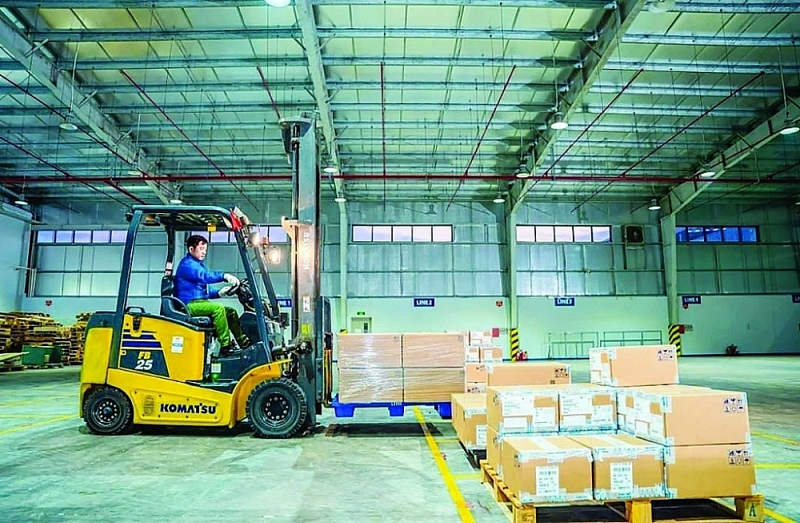 |
| Vietnam's logistics industry still has much potential for improvement and development. |
A large-scale enterprise network has not been formed yet
Phan Van Chinh, Director of the Import-Export Department (MoIT), assessed that with an average annual industry growth rate of 14 - 16%, the quantity and quality of logistics services had been improved, making an important contribution to bringing Vietnam's total import and export turnover in 2022 to reach US$730, 2 billion. This was an encouraging result in global and domestic trade facing many difficulties due to the impact of the Covid-19 pandemic and economic and geopolitical uncertainties on the global scale.
However, the logistics industry also has limitations, weaknesses, and emerging problems such as logistics service costs are still great; the promotion of linkages between logistics enterprises together, between logistics enterprises and manufacturing and exporting enterprises is weak; and there has not been a network of large-scale logistics enterprises capable of leading the market and promoting the development of the logistics industry. One of the reasons for the above limitations is that the application of digital technology has not met the needs of development in the new situation.
From a business perspective, Cap Trong Cuong, General Director of Vietnam Container Corporation (VICONSHIP), said domestic logistics enterprises, if divided into specialized fields, are strong, not inferior to FDI units. However, in general, they are employed in their own country. FDI enterprises mainly invest in technology and human resources, then outsource.
"We have a lot of large foreign customers that own infrastructure, human resources, and processes, but we are still employees for them", said Cuong. He added that the interdependence and interconnectivity in the Vietnamese logistics business community were weak, making the industry not develop properly with its existing potential.
Many logistics enterprises operate in a large network but with low reciprocity. "This makes Vietnam's logistics sector not yet developed following its importance and makes logistics costs high. Paradoxically, we are competing with each other to serve foreign partners by lowering prices, but we are charging high fees to domestic enterprises. That is very unreasonable," said Cuong.
"I disagree with price competition. We do a good job of reducing prices but to a certain limit. If we continue to lower prices, there will be businesses going bankrupt. Additionally, if the price is lowered forever, there is no accumulation to re-invest in new technology," said Cuong. Especially emphasizing the container handling service prices at Vietnam's seaports, VICONSHIP's General Director affirmed that Vietnam's prices were in a low-lying area compared to the world. "When it comes to the seaport sector, to be honest, I feel embarrassed because of Vietnam's prices in the low-lying areas of the world; even the price at Hai Phong port is the lowest in the world. We lost to Cambodia, Myanmar, Malaysia, and Singapore", said Cuong. According to Cuong, with the enthusiasm of those working in logistics in Vietnam, we must find a solution and link together to develop a reasonable problem for reducing costs.
Additionally, it is necessary to change technology and production processes strongly. To go to a green environment, changing technology is essential. By this time, most of VICONSHIP's ports and logistics centres have optimized their production processes, aiming for more environmentally friendly products and vehicles and greening the working environment.
Developing technology goes hand in hand with adding value services
Referring to overcoming the shortcomings and developing the logistics industry in the coming time, according to Cuong, businesses need to focus on developing technology and adding value-added services. Currently, many businesses are too concerned with the core business but have not paid much attention to the value-added services for their customers. For example, warehouse operators are only interested in how many CBMs (m3) or how many containers enter the warehouse per day. But when customers have other service needs, no matter how small, such as changing or attaching stamps, they cannot meet them. That makes it uncompetitive. For the seaport segment, some businesses only invest in lifting and lowering equipment, but when there are super-long and super-heavy shipments, they have to hire outside partners, which takes a lot of time and cost. Meanwhile, the investment cost is also not high.
"Vietnamese businesses operating in the logistics field have many opportunities. Thanks to the potential market, they can improve themselves to take advantage of opportunities," said Cuong.
According to Dinh Hoai Nam, Business Development Manager, SLP Vietnam Company, the current development of the logistics industry requires warehousing solutions to adapt to the emergence of new types, such as e-commerce and last-mile delivery. Modern warehouses are built to meet these requirements. Automated devices such as sorting machines and high shelving systems are also integrated to increase operational efficiency to optimize use area. With the above advantages, modern warehouses are gradually replacing traditional storage systems in the logistics industry; new technologies such as IoT, artificial intelligence, and automation have helped improve the efficiency and accuracy of warehouse operations. Smart warehouse systems provide insights into storing, transporting, and managing goods, optimizing these operations.
| Establishing a green ecosystem in the logistics industry
Vietnam's logistics industry, besides the advantages of favourable geographical location, the wave of supply chain shift, along with the explosion of e-commerce, has to face difficulties and challenges such as high service costs, infrastructure pressure, and adaptation to green ecosystems. Regarding this issue, Tran Thanh Hai, Deputy Director of the Import-Export Department (MoIT), shared about the development potential of the logistics industry and future trends. How do you assess the growth of Vietnam's logistics industry over the past time? In recent years, despite the strong impact of the Covid-19 pandemic, Vietnam's logistics industry still has significant growth. The average growth rate is 14 - 16% a year. The scale is US$40 - 42 billion/year. The number of businesses and the quality of logistics services are increasing, significantly contributing to the import and export of goods. This is a success for the efforts of logistics service enterprises and the Government in creating a business environment, improving the competitiveness of enterprises in the economy in general and the logistics service activities in particular, as well as efforts to improve the enterprises themselves. However, Vietnam's logistics industry has many weaknesses, such as high logistics costs and; a lack of linkage between logistics service enterprises with each other and production, trading and import-export enterprises; the scale and financial potential of Vietnamese logistics enterprises are weak, and the going to foreign markets is still insignificant... What weakness of Vietnam's logistics industry makes the import, export, and transportation of goods unable to compete with other countries? Currently, Vietnamese logistics enterprises have the advantage of rapidly developing domestic and international production and trade activities, which is a potential source of goods for service providers. However, enterprises cannot rely only on domestic goods but must go abroad to establish a level game, competing equally with foreign units. The Vietnam International Logistics Exhibition (from August 10-12, 2023, in HCM City) will allow Vietnamese logistics enterprises to promote, connect and introduce themselves to the world. Furthermore, this will be a great opportunity for domestic and international logistics service enterprises and the community of investors, shippers, and other stakeholders to exchange and cooperate, consult and choose solutions to optimize their logistics process. Establishing a green ecosystem in the logistics industry concerns many businesses, a common trend in economic development. For the logistics industry, what should businesses do to keep up with the speed of greening and move towards sustainable development? Greening or green logistics has become the command of enterprises in general, including logistics units. In a very short time, requirements, barriers, and measures related to the environment will be applied to Vietnam's large export markets, such as the EU and many developed countries in the world. If businesses do not meet the requirements, they can be excluded from the supply chain, out of the game. Thus, even manufacturing, commercial, and logistics service enterprises must be aware of this problem to make timely changes. The goal is to reduce net emissions to zero, meaning that emissions reductions must offset emissions. Although this is a big and new problem, businesses in general and logistics businesses in particular need to update promptly with an attitude of urgency. Thank you, Sir! Ngoc Linh (record) |
Related News
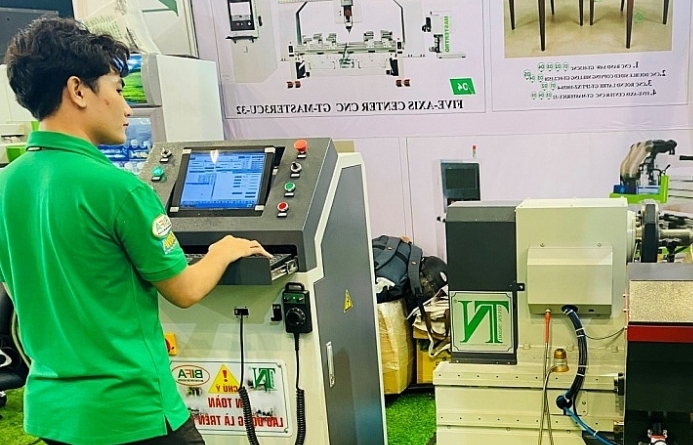
Removing “bottlenecks” for digital transformation in industrial production
10:00 | 17/12/2024 Import-Export

Three goals, seven tasks for the logistics industry to accelerate
13:47 | 06/12/2024 Import-Export

Plastic exporters interested in converting to recycling technology
16:36 | 01/11/2024 Import-Export

Truly comprehensive finance: supporting micro and small enterprises
09:36 | 07/11/2024 Import-Export
Latest News

Embracing green exports: a pathway to enter global supply chains
10:33 | 20/02/2025 Import-Export
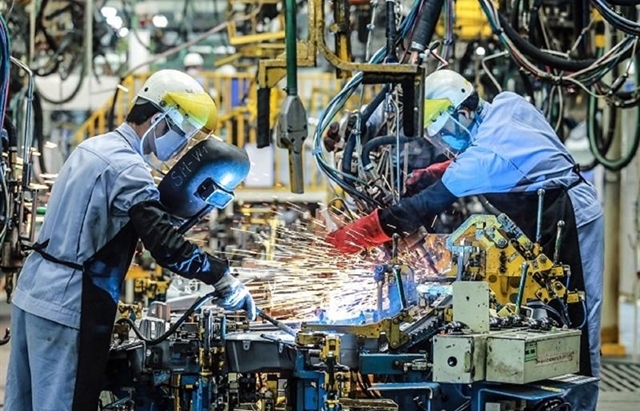
New policy proposed to prevent transfer pricing, tax evasion of FDI enterprises
10:32 | 20/02/2025 Import-Export
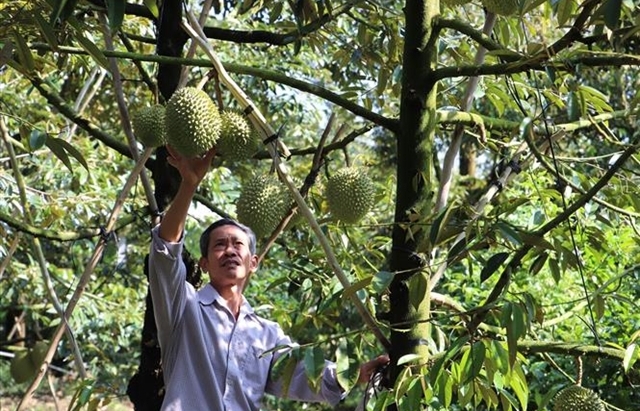
Việt Nam’s durian exports to China plummet by 80%
16:18 | 19/02/2025 Import-Export
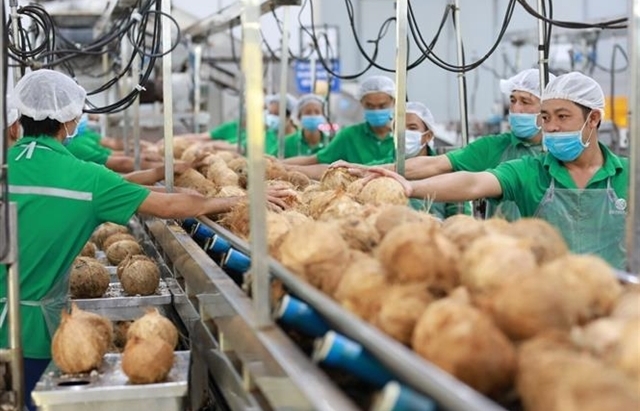
Coconut exports reach 14-year high
15:29 | 18/02/2025 Import-Export
More News

Shrimp exports grow in the first month of 2025
15:28 | 18/02/2025 Import-Export
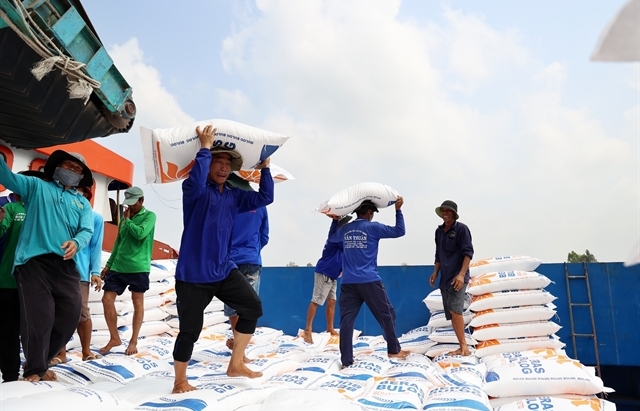
Rice export prices drop, but decline expected to be short-term
08:10 | 17/02/2025 Import-Export
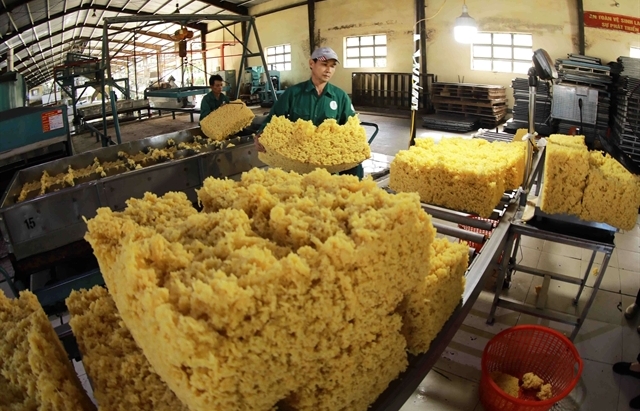
Key agro products expected to maintain export growth this year
08:08 | 17/02/2025 Import-Export
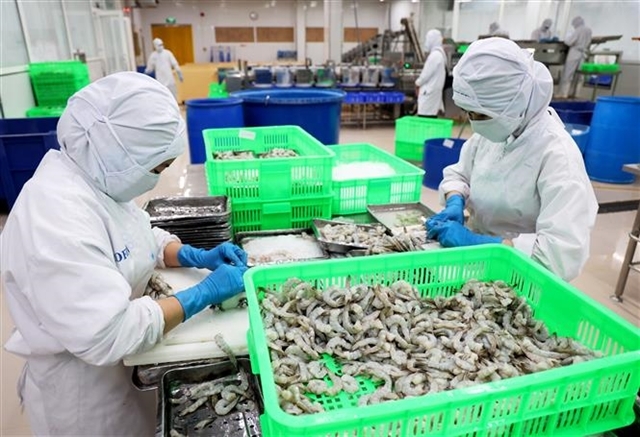
EU issues 12 warnings against Việt Nam’s food and agricultural exports
08:07 | 17/02/2025 Import-Export
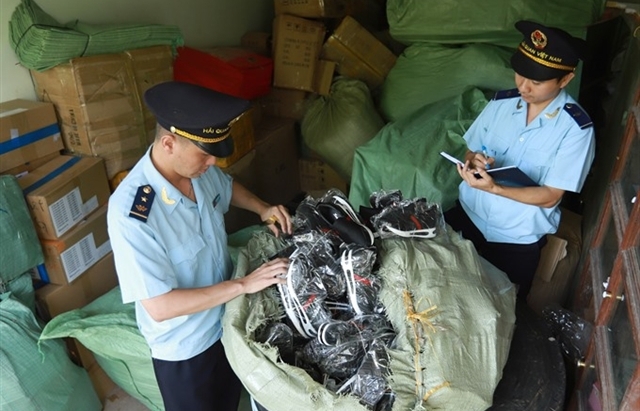
Việt Nam to impose VAT on low-value express-imported goods
08:06 | 17/02/2025 Import-Export

Exchange rate risks need attention in near future
16:31 | 15/02/2025 Import-Export
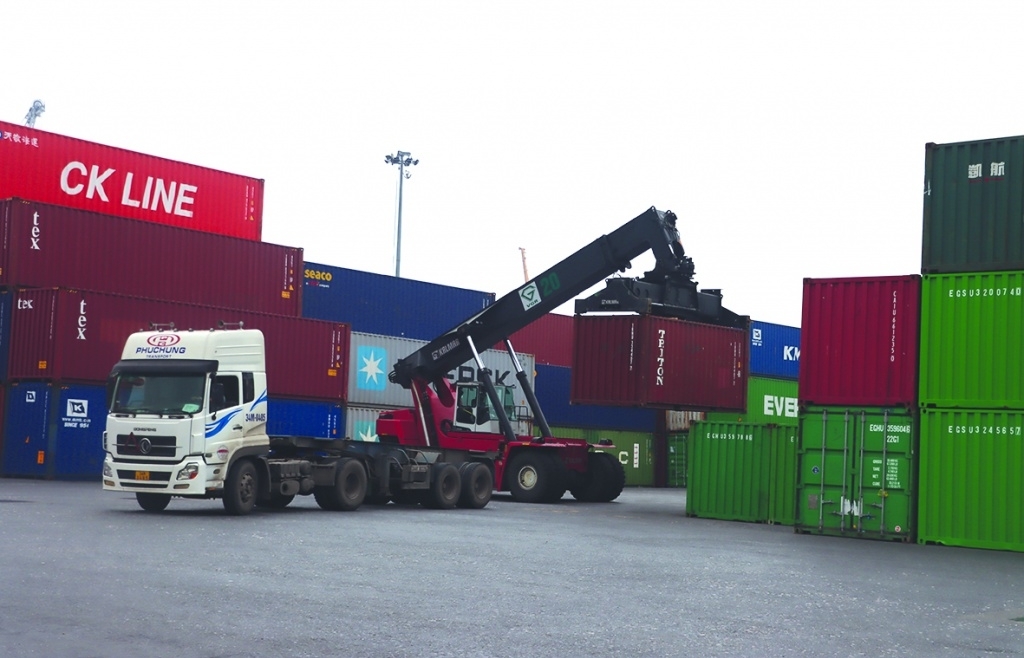
Vietnam kicked off the year with a strong start in trade, exceeding US$63 billion in the first month
16:30 | 15/02/2025 Import-Export
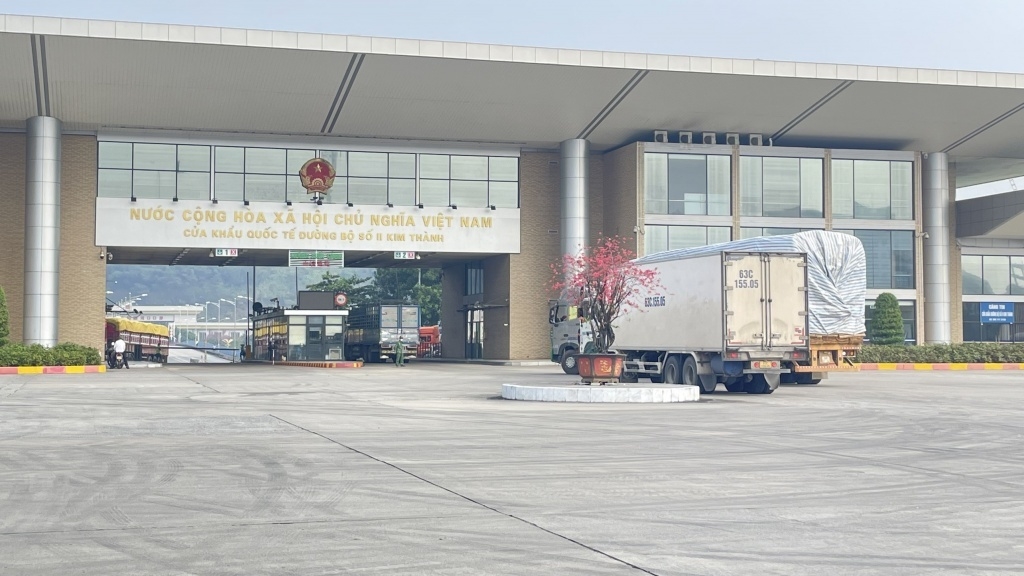
Import and export turnover reaches about US$29 billion in the second half of January 2025
14:52 | 14/02/2025 Import-Export

Market edges up slightly as liquidity remains low
14:48 | 14/02/2025 Import-Export
Your care

Embracing green exports: a pathway to enter global supply chains
10:33 | 20/02/2025 Import-Export

New policy proposed to prevent transfer pricing, tax evasion of FDI enterprises
10:32 | 20/02/2025 Import-Export

Việt Nam’s durian exports to China plummet by 80%
16:18 | 19/02/2025 Import-Export

Coconut exports reach 14-year high
15:29 | 18/02/2025 Import-Export
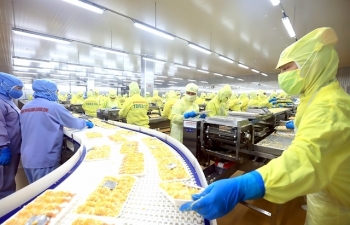
Shrimp exports grow in the first month of 2025
15:28 | 18/02/2025 Import-Export

